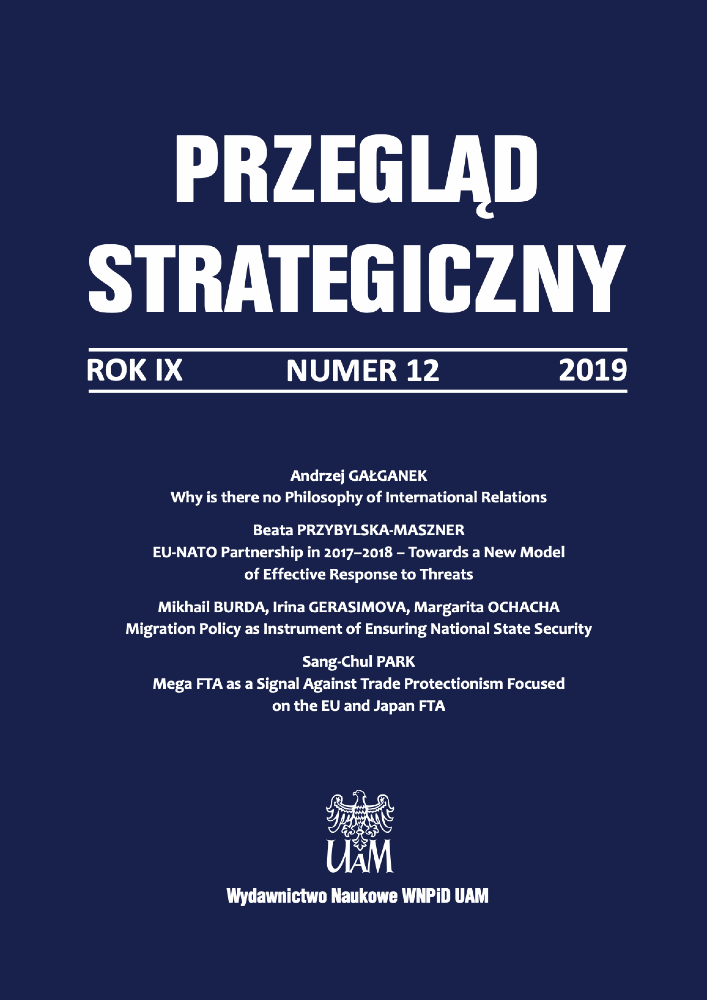Abstract
Nagorno-Karabakh is currently considered the most militarized area in the South Caucasus region. The key political decision-makers of Armenia come from Stepanakert. The issue of the future of this territory is an important element of any electoral campaign in Armenia. Any plans to make concessions to the Azerbaijani side are opposed by Armenian nationalist and veteran circles. The memory of the armed conflict with Azerbaijan remains vivid and is reflected in numerous commemorative initiatives in the NKR, as exemplified by the Memorial Museum of the Perished Soldiers and the Memorial Museum – The Union of Relatives of Missing Warriors of the NKR in Stepanakert. These institutions are a synthesis of museum and funeral practices. To quote Aleksander Wallis, replacing ‘monuments’ with ‘museums,’ it may be concluded that they “were created to historicize current events” which “evoke the greatest emotions, tensions and conflicts” and stem from “profound moral needs.” However, unlike monuments whose “artistic shape and symbolic meaning [...] permit different interpre- tations in formal and artistic categories as well as in the categories of meaning, ideology and politics” (Wallis, 1968), the two museums do not give such freedom. Besides commemoration, they also serve the purpose of constructing and consolidating hostility towards Azerbaijan – the raison d’être of the conflict over Nagorno-Karabakh. The conflict is the foundation of the idea of Artsakh and the main political implication of the spatial values represented by the MMPS and MMMW. The unique character of these museums, however, is not related to the politicization of re-membrance, which is a common feature of such establishments, but rather to the short temporal distance between the armed conflict and the emergence of the exhibitions. Consequently, the memory of the museums’ creators has not been ‘borrowed’ and the message of the museums reflects the current attitude to Azerbaijan.
References
Adamczewski P. (2012a), Górski Karabach w polityce niepodległego Azerbejdżanu, Wrocław.
Adamczewski P. (2012b), Przywództwo polityczne na poradzieckim obszarze o nieustalonym statusie. Casus Górskiego Karabachu, in: Kaukaz: mechanizmy legitymizacji i funkcjonowania elit politycznych, (ed.) T. Bodio, Vol. 7, Warszawa.
Barsoumian N. (2013), In the Name of Her Son: The Story Behind Artsakh’s Museum of Fallen Soldiers, “Armenian Weekly” of August 31, https://armenianweekly.com/2013/08/31/in-the-name-of-her-son-the-story-behind-artsakhs-museum-of-fallen-soldiers/ (January 10, 2019).
Czachor R. (2014), Abchazja, Osetia Południowa, Górski Karabach: geneza i funkcjonowanie systemów politycznych, Wrocław.
Denzin N. K. (1997), Interpretive Ethnography: Ethnographic Practices for the 21st Century, Thousand Oaks.
Flick U. (2004), Constructivism, in: A Companion to Qualitative Research, (eds.) U. Flick, E. von Kardorff, I. Steinke, London.
Foster H. (1988), Preface, in: Vision and Visuality, (ed.) H. Foster, Seattle.
Freud S. (1957), Mourning and Melancholia, in: The Standard Edition of the Complete Psychological Works of Sigmund Freud, Vol. 14 (1914–1916). On the History of the Psycho-Analytic Movement. Papers on Metapsychology and Other Works, London.
Grigoryan V. (2012), Interview for Humanitarian Aid Relief Trust (HART), published on February 26, https://thekarabakhconversation.wordpress.com/page/3/ (September 10, 2018).
Hall S. (1997), Introduction, in: Representation: Cultural Representations and Signifying Practices, (ed.) S. Hall, London.
Hetherington K. (2000), Museums and the Visually Impaired: the Spatial Politics of Access, “The Sociological Review”, Vol. 48 (3).
Holman-Jones S. (2009), Autoetnografia. Polityka tego, co osobiste, in: Metody badań jakościowych, (eds.) N. K. Denzin, Y. S. Lincoln, Warszawa.
Johnson-Cunningham S. (2018), Beyond Gallery Walls and Performance Halls: Five Essential Steps Museums and Other Cultural Institutions Must Take to Center People Communities, and Cultivate Effective Societal Change, “Museums & Social Issues. A Journal of Reflective Discourse”, Vol. 13, No. 1.
Kwiatkiewicz P. (2009), Azerbejdżan: ukształtowanie niepodległego państwa, Toruń.
Latour B. (2010), Splatając na nowo to, co społeczne, Kraków.
Malpas J. E. (1999), Place and Experience: A Philosophical Topography, Cambridge.
Pospiszyl K. (1991), Zygmunt Freud, Wrocław–Warszawa–Kraków.
Ricoeur P. (1970), Freud and Philosophy: An Essay on Interpretation, New Haven–London.
Rose G. (2010), Interpretacja materiałów wizualnych. Krytyczna metodologia badań nad wizualnością, Warszawa.
Sekula A. (1986), Reading an Archive: Photography between Labour and Capital, in: Photography/Politics: 2, (eds.) P. Holland, J. Spence, S. Watney, London.
Spry T. (2001), Performing Autoethnography: An Embodied Methodological Praxis, “Qualitative Inquiry”, No. 7.
Świętochowski T. (2006), Azerbejdżan, Warszawa.
The Union of Relatives of the Artsakh War Missing in Action Soldiers (URAWMS) (2013).
Wall T. de (2003), Black Garden: Armenia and Azerbaijan through Peace and War, New York–London.
Wallis A. (1979), Informacja i gwar, Warszawa.
Wallis A. (1968), Miejsce pomnika w przestrzeni społecznej, Warszawa.
Wallis A. (1979), Obszar kulturowy, in: id. (1990), Socjologia przestrzeni, Warszawa.
Wallis A. (1983), Przestrzeń jako wartość, in: id. (1990), Socjologia przestrzeni, Warszawa.
Wallis A. (1990), Socjologia przestrzeni, (err.) E. Grabska-Wallis, M. Ofierska, Warszawa.
Wallis A. (1967), Socjologia wielkiego miasta, Warszawa.
Wallis A. (1975), Znanieckiego „Socjologiczne podstawy ekologii ludzkiej”, idem (1990), Socjologia przestrzeni, Warszawa.
Yunusov A. (1999), Armyano-Azerbaidzhansky Konflikt: Migratsionnye Aspekty [The Armenian-Azerbaijani conflict: Aspects of migration], in: Migratsionnaya Situatsiya v Stranakh SNG [The migration situation in CIS countries], (ed.) Zh. Zaionchovskaya, Moscow [unpublished] Unmarked.
Ziółkowski J. (1990), Posłowie, in: Wallis A. (1990), Socjologia przestrzeni, Warszawa.
Znaniecki F. (1938), Socjologiczne podstawy ekologii ludzkiej, “Ruch Prawniczy, Ekonomiczny i Socjologiczny”, No. 1.
License
Articles published in "Przegląd Strategiczny" are distributed under the Creative Commons Attribution 4.0. License (CC BY 4.0). They may be copied, redistributed and shared only if appropriate credit is given.

